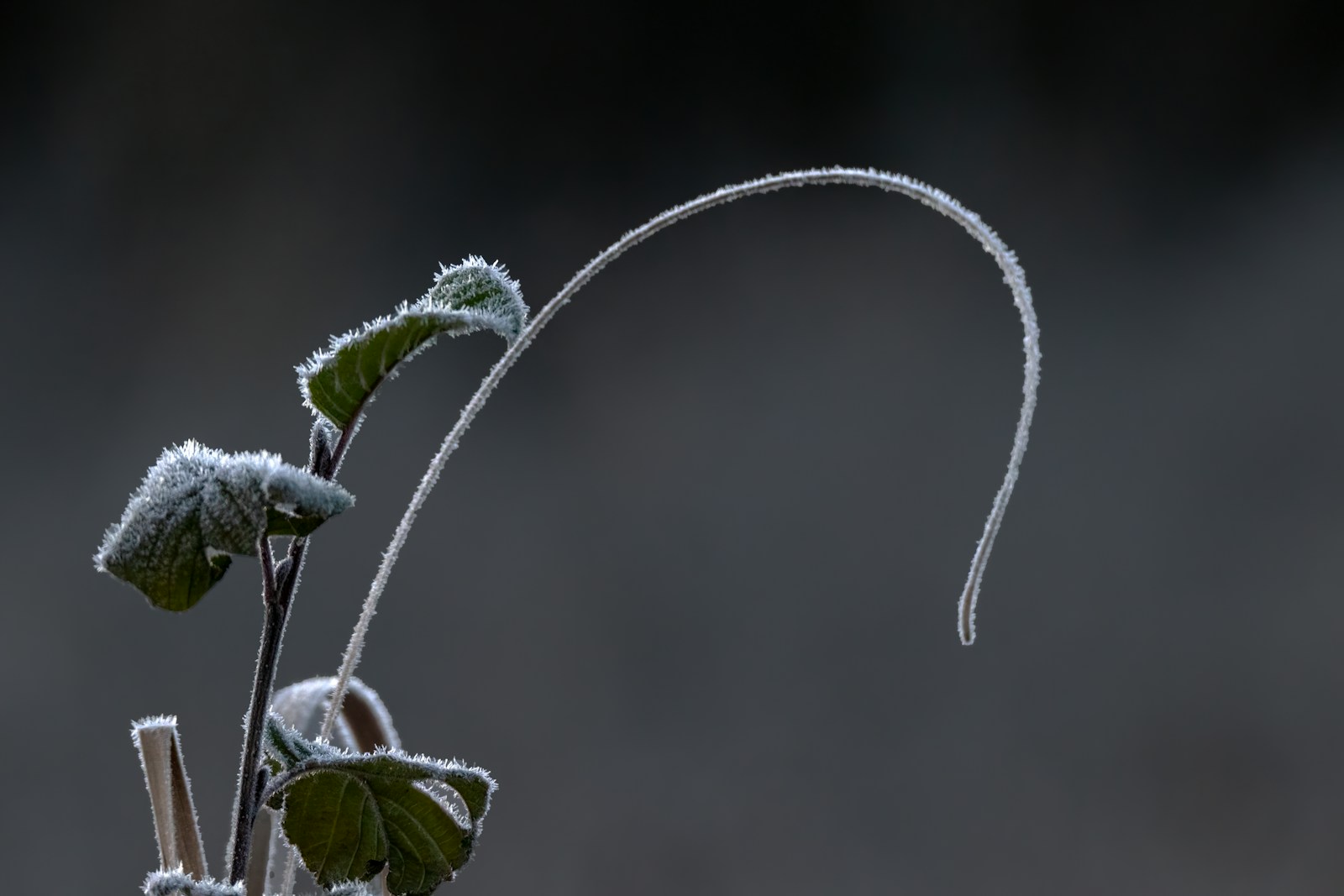Late frosts can ruin your garden’s hard work. Many gardeners face this problem every year. Mulching is a key step in protecting plants from cold damage. This article will show you how to shield your plants from winter’s chill.
Ready to save your garden?
Essential Steps to Protect Plants from Frost
Frost can be a garden’s worst enemy. Here are some quick tricks to keep your plants cozy when the cold hits.
Apply Mulch for Insulation
Mulch is a garden’s best friend in winter. It acts like a warm blanket for your plants. You should put down 2 to 4 inches of mulch after the first hard freeze. This could be as late as November or December.
Good mulch choices are straw, pine needles, hay, compost, leaves, or bark chips.
Be careful where you put the mulch. Keep it a few inches away from plant bases. This stops rot and keeps pests away. For shrubs, leave 3-4 inches of space. For trees, leave 6-12 inches around the trunk.
This way, you protect your plants without hurting them.
Water Plants Before a Freeze
After adding mulch, it’s time to focus on watering. Giving your plants a good drink before a freeze is key. Moist soil holds heat better than dry soil. This helps protect plant roots from cold damage.
Water your garden deeply every 7-10 days in fall. Do this if you don’t get much rain. Keep watering until the first hard freeze hits. Make sure to water when it’s above 40°F. Focus on the root zone of your plants.
New trees and shrubs need extra water care. Their young roots can’t handle cold as well as older plants. By keeping the soil wet, you give your garden a better shot at beating the frost.
Techniques to Shield Sensitive Vegetation
Sensitive plants need extra care when frost looms. Let’s look at some easy ways to keep your delicate garden friends cozy and safe.
Use Burlap or Sheets for Covering
Burlap is a great way to keep plants safe in cold weather. It’s cheap and lets air through, which plants need. You can wrap burlap around plants and stakes, making sure it goes 5 inches onto the ground.
This helps it stay put. Burlap stops freezing dew from hurting your plants.
Sheets work well too for plant protection. You can use frost cloth to cover tender plants. Put stakes in the ground and drape the cloth over them. Then, hold it down with rocks or bricks.
This shield helps delicate trees, bulb flowers, and tropical plants make it through winter. It’s an easy fix for late frosts that might pop up.
Choose and Plant Cold-Tolerant Varieties
Moving from covering plants, let’s talk about picking tough ones. Smart gardeners choose plants that can handle cold weather. This makes winter care much easier. Cold-hardy plants stay strong when frost hits.
They need less work to keep alive.
Some great cold-tough plants are Frost Proof Gardenia and Blue Wonder Colorado Spruce. Nellie Stevens Holly Tree and Dense Yew also do well in cold. To be extra safe, pick plants rated for colder zones than yours.
Adding these sturdy plants keeps your yard looking good all winter long. They fight the frost without much help from you.
Ensuring Plant Survival Through Winter
Winter can be tough on gardens. But you can help your plants make it through. Cover them up, add mulch, and pick hardy types. With these steps, your garden will be ready for late frosts.
Come spring, you’ll have a lush and healthy outdoor space to enjoy.
For more tips on keeping your green friends thriving during the colder months, check out our guide on indoor plant care during winter.

